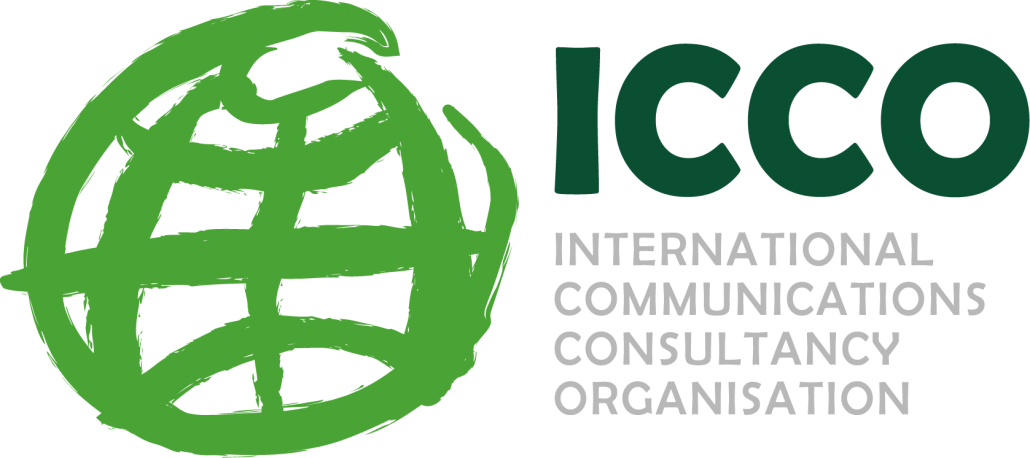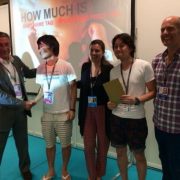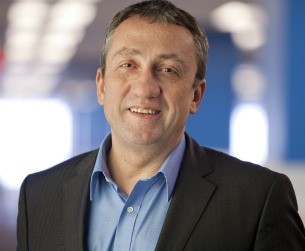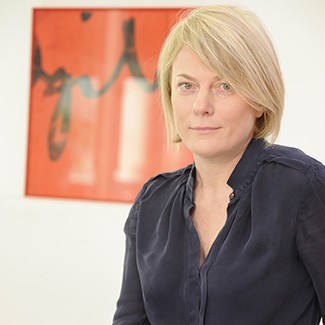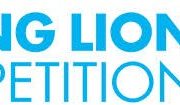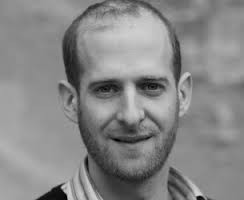Just like the Future, PR doesn’t fit in the containers of the past: ask Millennials!
Guest blog post by Pascal Beucler, SVP & Chief Strategy Officer of MSL Group
So the question is back again, as the Cannes Lions Festival has started: why is it that the PR industry is not “more creative” – if creative at all?
With 60% of PR professionals and 69% of clients believing that “the PR industry lacks big ideas” (according to the Holmes Report’s 2013 Creativity in PR study), it looks like the answer is not very encouraging….
In my humble opinion, there could be some sort of misleading-ness here and a quite unfortunate semantic misunderstanding.
When you hear people telling you that PR professionals are not good at putting forward and driving “big ideas”, what these people actually refer to, and “come from”, is the traditional mindset of advertising: for them, a “big idea” is still what organizes a 30 second commercial, and is eventually carried through collateral material.
No need to say that this vision is a bit outdated.
Let’s look at figures: three years ago, TV commercials still represented 55% of cases. In 2013, digital channels, and particularly social media, jumped to 85% of the cases, “making it by far the most-used channel in the competition” (See “Why Creativity Sells” in Sunday, June-15-2014 Lions Daily News 2014).
I would argue that, in 2014, the only valid criteria when it comes to judging creativity is today’s Engagement environment.
A creative campaign is above all a campaign, which creates a high level of engagement with people and communities.
(The rest is literature, or food for endless debates in ADs’ clubs)
Having been one of the three judges, together with Marnie Kontovraki, Global Heineken Consumer PR Officer, and Michael Frohlich, Managing Director UK and EAME Consumer Marketing Practice for Ogilvy PR, for the inaugural Young PR Lions competition at the Cannes International Festival of Creativity, I lived a vibrant and very insightful experience with 14 teams from 14 countries, with each team comprising two young agency PR professionals, all Millennials born after 1985 – an experience which brutally challenges the current doxa on what creativity is about.
It’s so inspirational to see the hunger and passion with which these young professionals are taking up Citizenship challenges – but then that shouldn’t surprise us: as a global survey MSLGROUP ran last month in 16 countries underlined, Millennials today consider themselves empowered to help businesses and organizations change the world. As our survey reveals it, Millennials really are « Game Changers », with a « fresh » vision on business and Citizenship. (http://blog.mslgroup.com/why-and-how-businesses-need-to-partner-with-millennials-to-better-manage-resilience-relevance-resonance-in-troubled-times/)
My colleagues and I at the jury saw a lot of genuine enthusiasm and strategic clarity in the vision the 14 teams developed, a true maturity from a creative standpoint and a lot of agility in the execution : these Asian, African, European, Latin American Millennials are global, boundless minds and really bold folks – their future is bright, and so is the future of our industry. They definitely don’t see big ideas the good old way, but as powerful 360° weapons which actually transform and reinvent PR the way we used to do it. And no need to say that it’s all digital and social, therefore effective and costless.
Many insights provided by the teams were about Millennials’ commitment to make the world a better place. « Rouse the Millennial Army ! », « We can change the world ! », like one of the awarded teams said ! Yes, they love to be part of the change they want to see, and that’s terrific.
Self-expression, storytelling, sharing, crowdfunding – all the key ingredients of what creates succes today in the world of PR (People Relations) are here, and it’s an amazingly refreshing and rewarding lesson. The Millennials are passionate about many things, global issues and causes, and they expect businesses, organisations and PR agencies to tap into their passion.
We should agree that the age of conversation is very different from the age of advertising, with its vertical “big ideas”. It’s now all about big data and smart ideas, which is pretty different, in many ways:
- the ideation and very often the content are largely “people generated”: tools like Spike, Trendsboard or Topsypro help gather “People’s insights” to deliver successful “People’s inside” campaigns
- the tempo of guerilla marketing is real-time, with daily messages if needed, whether a viral video, a social game, an event etc.
- the interaction between brands, agencies, people and communities is permanent, and fruitful
Over the past few years, we thus moved from mass propaganda, with its heavy bombardment of “big” and simplistic top-down messages, to multifaceted engagement strategies. Advertisers are good at bombardment, we – experts in PR, for People Relations – are far better at the latter.
Our PR “agency of the future” model should indeed derive business intelligence and data analytics to build creative content, nurture shareable conversations, and engage people and communities.
MSLGROUP’s Chief Strategy Officer, Pascal Beucler holds BAs in History and Language Sciences, a master’s degree in Linguistics and a post graduate degree in Semio-Linguistics. In 1987 he joined Intelligences, a subsidiary of Publicis, and in 1992 he became Managing Director. In 1994 he was promoted to Partner at Publicis Consultants, and then to General Manager of Carré Noir in 2001. Pascal is an Associate Professor at CELSA (Paris IV Sorbonne) and a visiting professor at HEC – one of France’s top business colleges. He has conducted research and published articles on various topics and in particular on the relationship between text and image. In 2005 Pascal was named Vice-President of Publicis Consultants | Worldwide, in charge of Brand Strategy and development of its international network.
